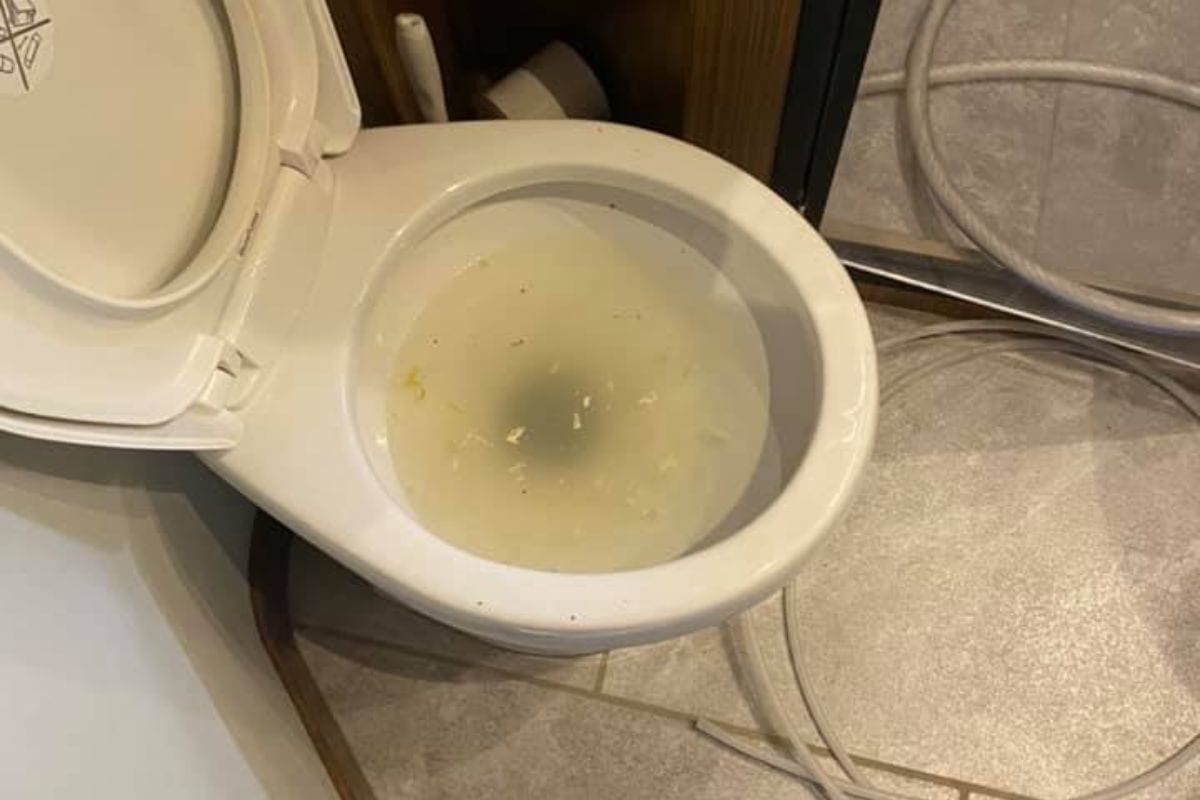The issue of toilet flushing but still the waste coming back is well known to everybody. Having a toilet today is more than just a convenience; it’s a need. When the toilet is malfunctioning, it is necessary to ascertain the root of the problem and resolve it as soon as possible. So why does your toilet flush, but the waste comes back?
The solution is simpler than you think. Sometimes the issue is with your toilet, but most of the time it is with your sewer lines. You’ll understand why your sewer pipes are damaged, how to remove a clog, and how to repair a broken sewer pipe at the conclusion of this article.
We have addressed all of the causes and cures for toilets being flushed but waste coming back that you may be looking for. So stick around to learn more.
Why Toilet Flushes But Waste Comes Back? Reasons & Ways to Fix It
Here’s a detailed set of information about the reasons and solutions you’ve been looking for.
Reason 1: Clogged Toilet
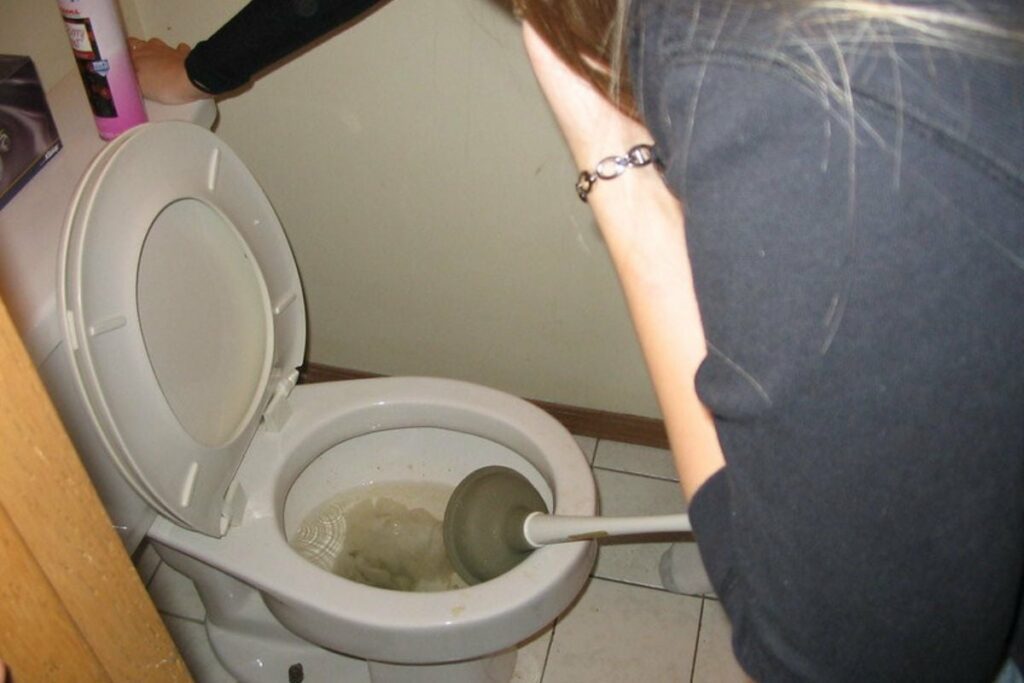
Using too much toilet paper or flushing anything other than toilet paper might block the pipe and make further flushing difficult. Sanitary napkins are a typical cause of blockages like this one.
Fix: Using a toilet plunger
Utilize a toilet plunger or toilet auger to force waste through the system and trigger the flushing action. You can also use the plunger to produce suction that will aid in removing paper waste that is obstructing the flushing motion and allowing it to pass through the pipe.
If you frequently get clogs, you might want to think about switching to a thinner toilet paper, especially if you or other family members use it a lot at once.
Reason 2: Partially Clogged Drain
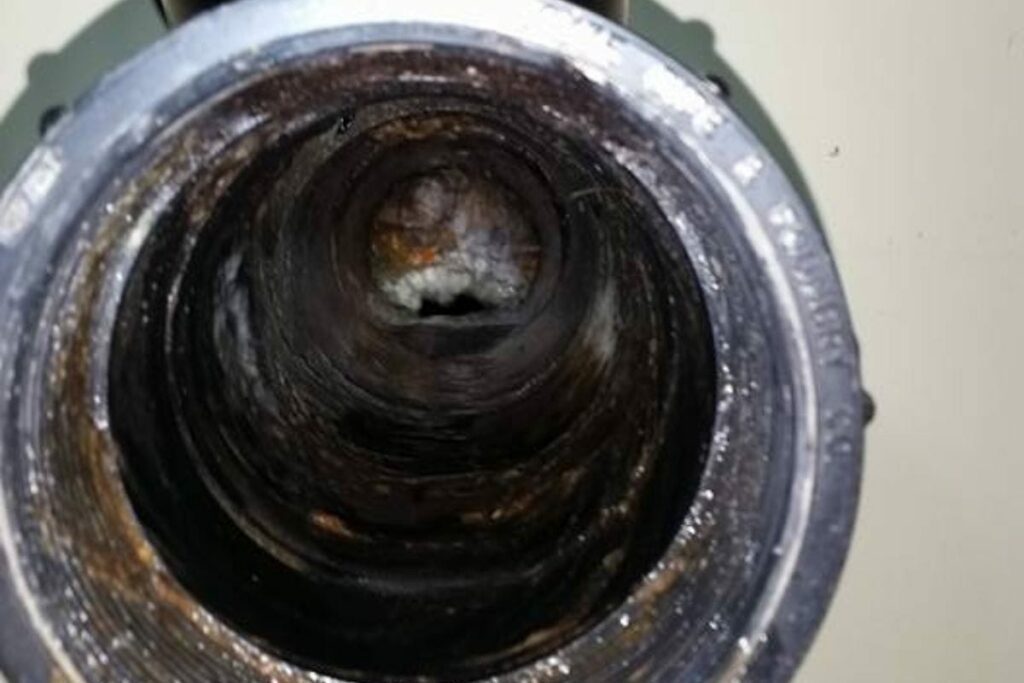
A partially blocked toilet can be more challenging to see because it will still flush, but with substantially less efficiency. But most individuals are aware of how to use a plunger to aid in dislodging the clog and pushing it into the drain.
If your sluggish flushing toilet is caused by a partially clogged drain, there are numerous techniques you may attempt to eliminate the blockage and restore flushing power.
Fix: Plunging the toilet
Plunging the toilet is one of the first things to attempt. If the plunger doesn’t provide enough power to clear any blockages or partial obstructions, it’s a good idea to try utilizing a drain snake.
Items such as children’s toys, floss, and wipes can become trapped in the drain line, so if you’re having trouble clearing the clog, it may be time to call a plumber.
Reason 3: Level of Water in the Tank Being Low
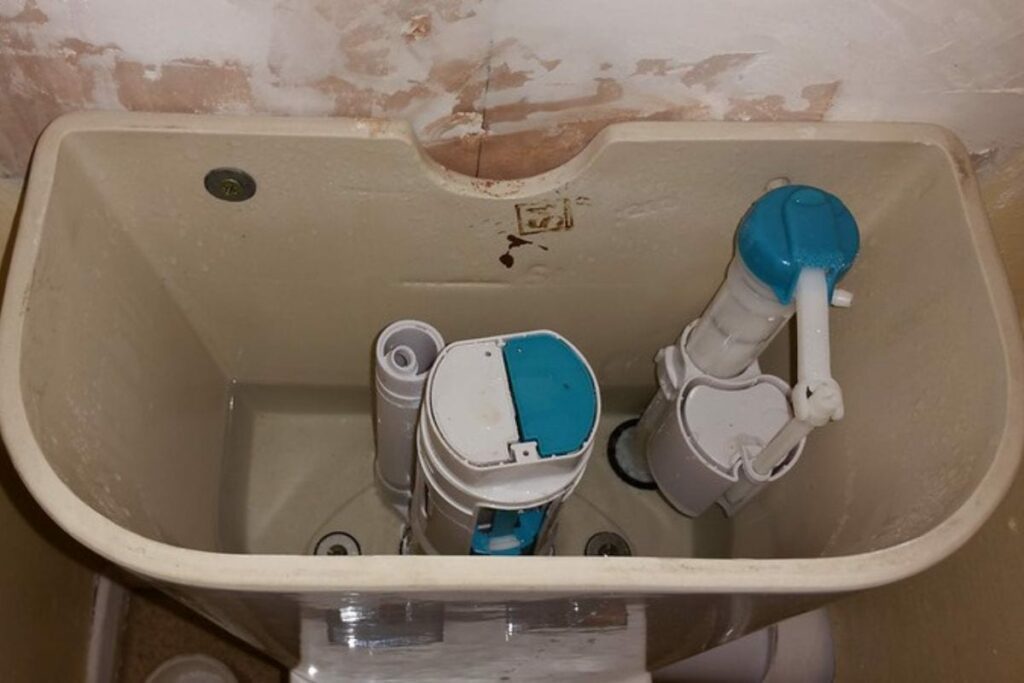
The water level within the tank is one of the most frequent causes of a toilet not flushing completely. The flushing power of the toilet will be significantly diminished if there is not enough water in the tank at the time of flushing since there is only a little amount of force entering the toilet.
The contents of the toilet bowl often slide into the drain with adequate force from the pressure provided by a full tank pouring into the bowl. It’s possible that some waste won’t be flushed if there isn’t enough water, in which case you’ll have to wait for the toilet tank to full before trying to flush it once again.
Fix 1: Inconsistent level of the toilet float
Typically, this problem may be resolved by adjusting the toilet float’s level in the tank. When the water level reaches a certain level, a fill valve is automatically closed by a toilet float that floats on top of the water’s surface.
To boost the flushing power of the toilet, adjust the toilet float so that more water enters the tank before the fill valve is closed.
Fix 2: Turn it on if the water valve was off
If the water valve was off, open it up, verify that the water level in the tank is at the proper level, and then flush the toilet to ensure that it is flushing properly once again.
Reason 4: Mineral Clotting

The jet holes on the bottom of the toilet bowl rim are the main conduits via which water enters the bowl from the tank. However, because of their tiny size, these pores are susceptible to becoming partially or completely plugged, which lessens the flush’s force.
Calcium or magnesium can accumulate in these jet holes and restrict the flow of water if you reside in a hard water area if your toilet is more than a few years old.
Fix: Use distilled white vinegar
To help break up the mineral clumping and restore the flushing capacity of the toilet, use distilled white vinegar and a bristle toilet brush. It’s also a good idea to consider installing a water softener to keep this problem from repeating.
Reason 5: Flapper Being Bent or Warped
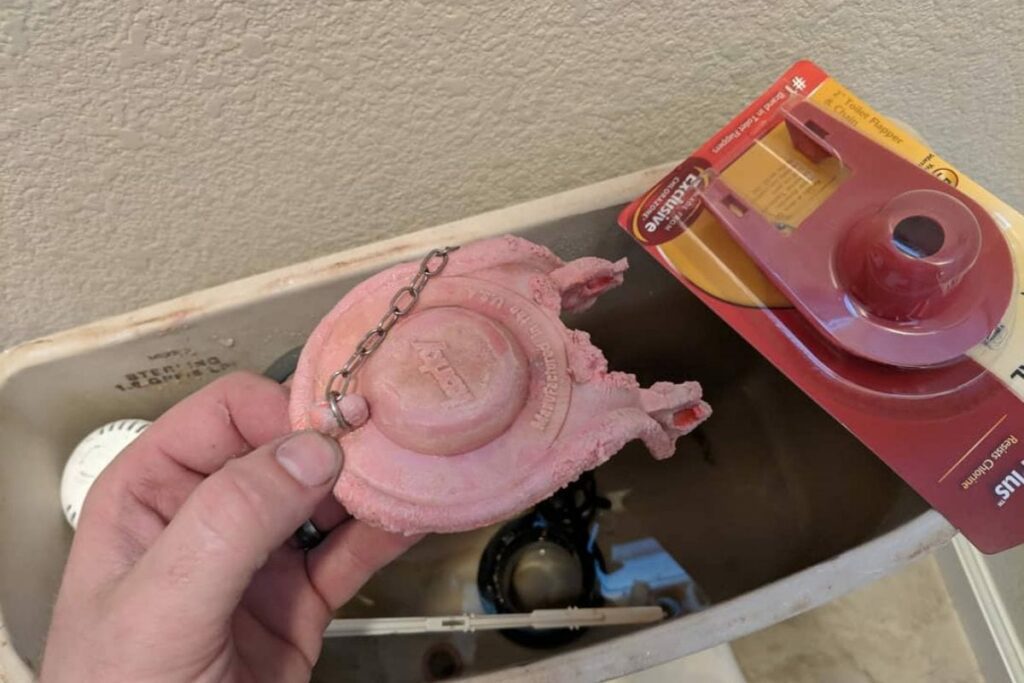
A sluggish flushing toilet can sometimes be traced back to the flapper and flush valve assembly. These components are positioned in the toilet tank and are responsible for allowing water to flow from the tank into the bowl. The flush valve assembly consists of the overflow tube, lever, chain, flapper, and flush valve opening at the tank’s base.
The flapper is a basic rubber stopper or ball that closes the entrance to the toilet bowl and is typically located on one side of the overflow tube. The flush valve and flapper are opened when the toilet’s lever or button is depressed, enabling water from the tank to enter the bowl.
If your toilet’s rubber flapper appears to have degraded or is too bent, twisted, or distorted to seal the flush tube opening, replace it.
Fix: Replace the flappers
The price of flappers is low, and you can get them at any hardware or home improvement store. Before replacing the old flapper with the new one and flushing the toilet once more to be sure the issue has been fixed, turn off the water and drain the tank.
It could be best to totally replace the flush valve assembly if the issue persists. Even though repairing this component of the toilet is not a difficult repair, you may want to consider hiring a professional plumber if you don’t feel confident doing it yourself.
Reason 6: Lift Chain Not Working
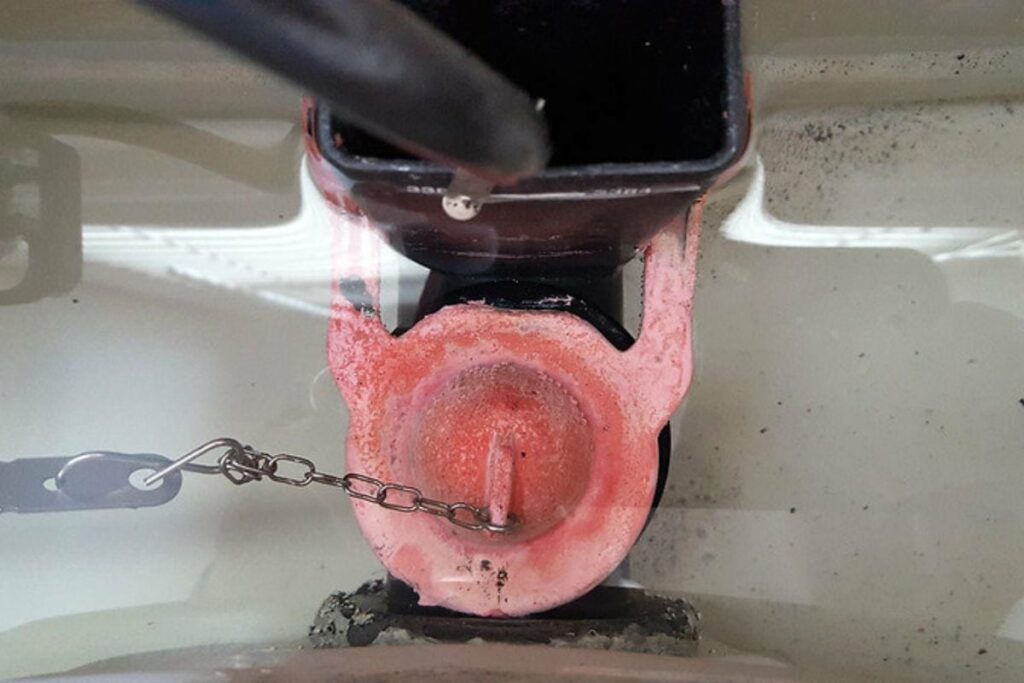
The flushing handle on the exterior of the toilet is connected to the flapper by a lift chain, which occasionally has too much slack and prevents the handle from raising the flapper and flushing the toilet.
Fix: Short the length of the chain
The only way to fix this issue is to cut the chain’s length so that it can give enough pull to lift the flapper off of the flush tube and enable water to flow when the handle is lifted.
Reason 7: Drain Vent Being Blocked

The plumbing drain pipes that route the flow of wastewater from within the home to the septic system or municipal sewage system are actually fitted with vents, which many people are unaware of. The vents often vent to the roof, allowing gasses to escape rather than accumulating inside the pipes and filling the entire structure with unpleasant aromas.
These vents not only aid in the removal of odors and the release of harmful gases into the environment; they also enable air to enter the waste lines, allowing wastewater to flow freely through the pipes. Obstructed vent pipes can diminish a toilet’s flushing power and should be removed quickly to avoid future issues with the wastewater system.
Fix: Clearing vent lines
Because you have to access these vents from the roof, clearing them might be challenging. This might be really difficult if you don’t know exactly what to look for when you reach the top. The vents should be cleaned by a qualified plumber because of this.
FaQs
How frequently should toilet cleaning be used?
It’s a good idea to clean your toilet whenever it’s obviously unclean, but as a general guideline, you should plan bi-weekly, or twice-weekly, cleanings because this plumbing fixture contains the most bacteria and germs.
Why is my toilet paper not flushing away?
The most frequent cause of a toilet that won’t flush is a blockage. Clogs might be completely blocked or only partially blocked, depending on their severity. In sewage pipes, wipes, toilet paper, and other materials can accumulate, which may cause sluggish flushing that leaves some of the bowls uncleaned.
How should a toilet cleaner be applied?
Before you do anything, pay attention to how your toilet brush looks. Apply the toilet cleaner to the bowl as close to the top as you can after you have the proper brush in your hand. After that, let it soak for a few minutes. While it’s soaking, scrub the exterior of the toilet with a disinfectant. Next, use a scrub sponge to clean the toilet outside. Use a toilet brush to wipe the bowl after washing the outside. He continues by saying that using a pumice stone to remove hard water stains would be helpful.
How to Increase Toilet Flush Pressure?
The ordinary toilet works by gravity, depending on the water pressure from the tank to flush and clean the bowl, but that pressure can wane with time. Even a well-maintained system will eventually exhibit indications of wear and age due to frequent usage of the toilet. Of course, this does not preclude you from taking action if a water pressure issue arises. In truth, there are a few easy techniques and tactics you can apply to boost your toilet’s flushing power. To have the toilet flushing like new, you don’t have to be a master plumber.
Conclusion
We’ve discussed every possible fix you can try if your toilet flushes but waste comes back.
We hope this helps you address your problem because we’ve covered everything there is to know about the subject. Now, you should agree that solving this problem isn’t that hard but requires carefulness. You’ll enjoy the results as long as you’re patient finding your problem and solving them accordingly!

Amos Christen graduated with a bachelor’s degree in Interior Design from Drexel University — Philadelphia, PA. Since 2003, Amos has worked with top interior design professionals in this area, including architects and interior/graphic/lighting designers. As a skilled interior designer, Amos Christen is highly versed in fine arts and crafts and uses that to supplement his main area of expertise. He often publishes articles related to home décor on several websites, including Sprucetoilets.com, Sprucebathroom.com, and Mybesuitedhome.com. He also contributes to leading interior design magazines.
